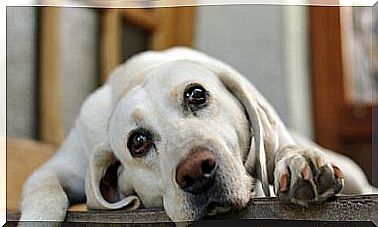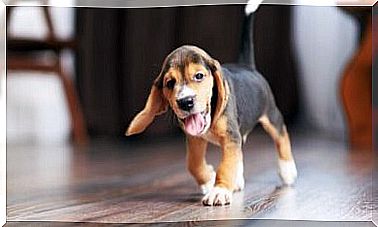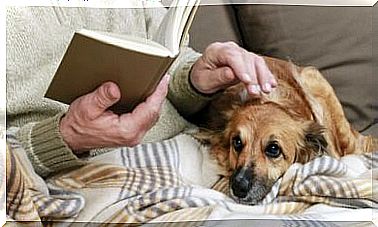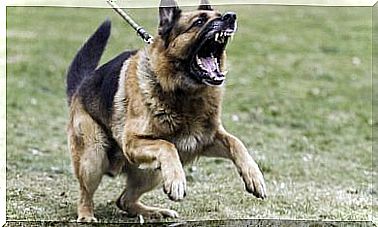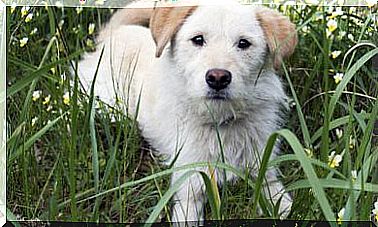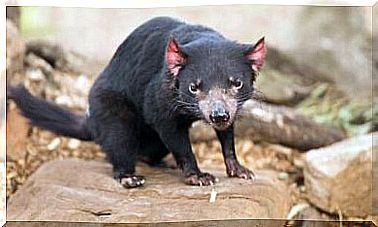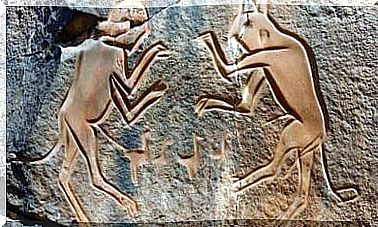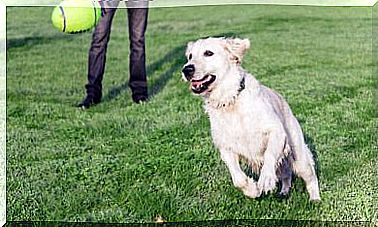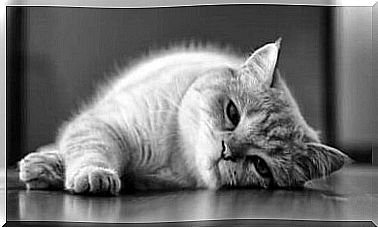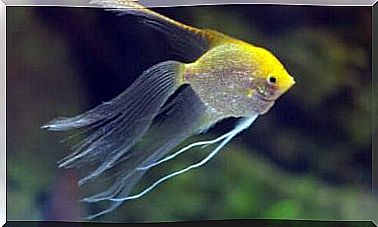Group 4 Of The Breed Classification According To The FCI: Dachshund

The Fédération Cynologique Internationale (FCI for short) takes on the task of defining the standards for each breed of dog and categorizing them according to their characteristics. In this article we tell you about the dogs in Group 4 : the dachshunds.
Group 4 dog breeds
This group consists of a single section. Dachshunds, dachshunds or also known as dachshunds, these are divided into three different types, depending on their size and tasks.
This breed of dog gets its special appearance from a genetic mutation called Bassetism. They can also be found in the Basset Hound. Depending on their weight, the dogs are divided into the following classes:
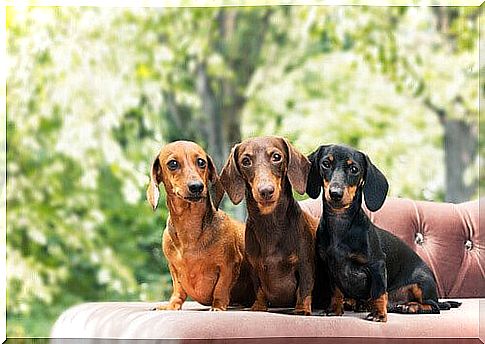
- Standard (9 to 11 kg)
- Miniature (4.5 to 6 kg)
- Rabbits (less than 4.5 kg)
- Wire-haired (gray-colored)
- Shorthair (black, with brown and red spots)
- Long-haired (same colors as the short-haired dachshund)
History and characteristics of the dachshund
Group 4 dogs come from Germany in the late 19th century. In 1888 the first document on the characteristics of this breed is written. The popularity of the dachshund is closely linked to the nobility. Queen Victoria, for example, was a big fan of the Dachshunds.
Even if this breed is an earth dog, the FCI has decided to create a separate group for the breed. She is just too different from others, like the Basset Hound, for example.
The appearance of the dachshund is very peculiar and difficult to confuse. A long body, a long tail, a protruding snout, short paws, black claws and long, falling ears are typical of the dachshund. It was bred to look for rabbits and other animals living in burrows in the field. It is a very brave animal that is not afraid of a fight with a wild boar or a larger dog.
Behavior and upbringing of the Dachshund
Dachshunds are usually a bit stubborn, but they can be trained. These Group 4 dogs are sometimes a little spoiled by their owner because of their size. They are said to be moody. However, if properly raised, they can become devoted followers of their masters.
Dachshunds are very intelligent and quick to learn. It just takes a little patience and persistence. They are cuddly, protective and playful … Generally, they get on well with children, even if they are a bit harsh with them at times.
Even if Dachshunds have a wonderful sense of smell and could take on the duties of a hunting dog, they are still neither terriers nor wirehaired pointing dogs and they are not used in hunting.
The health of the dachshund
One of the most common health problems of these animals is related to the long spine and short ribs. If the dogs are overweight, they can quickly develop herniated discs. To avoid these diseases, the dachshunds should not climb stairs or jump too much every day.
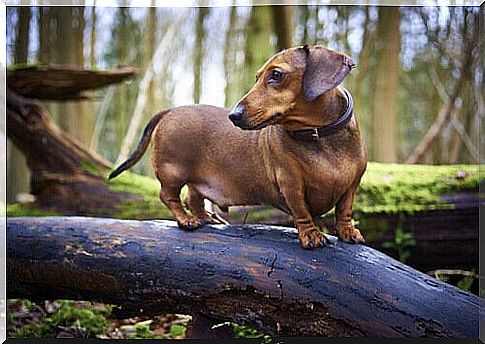
There should be no problems with species-appropriate physical activity. The fur noses can let off steam in the open air. Group 4 dogs are very agile and have good reflexes. However, because of their short paws, they cannot run very quickly.
You have to brush them regularly. A brush with wire bristles is used to remove the dead fur. You can either clean your dog with dry shampoo or else make sure that he is well dried off after the bath.
Because of their small size and pleasant character , they can be kept both in apartments and in a house with a garden. They love home life and take very good care of their families.
“]
